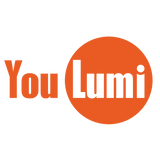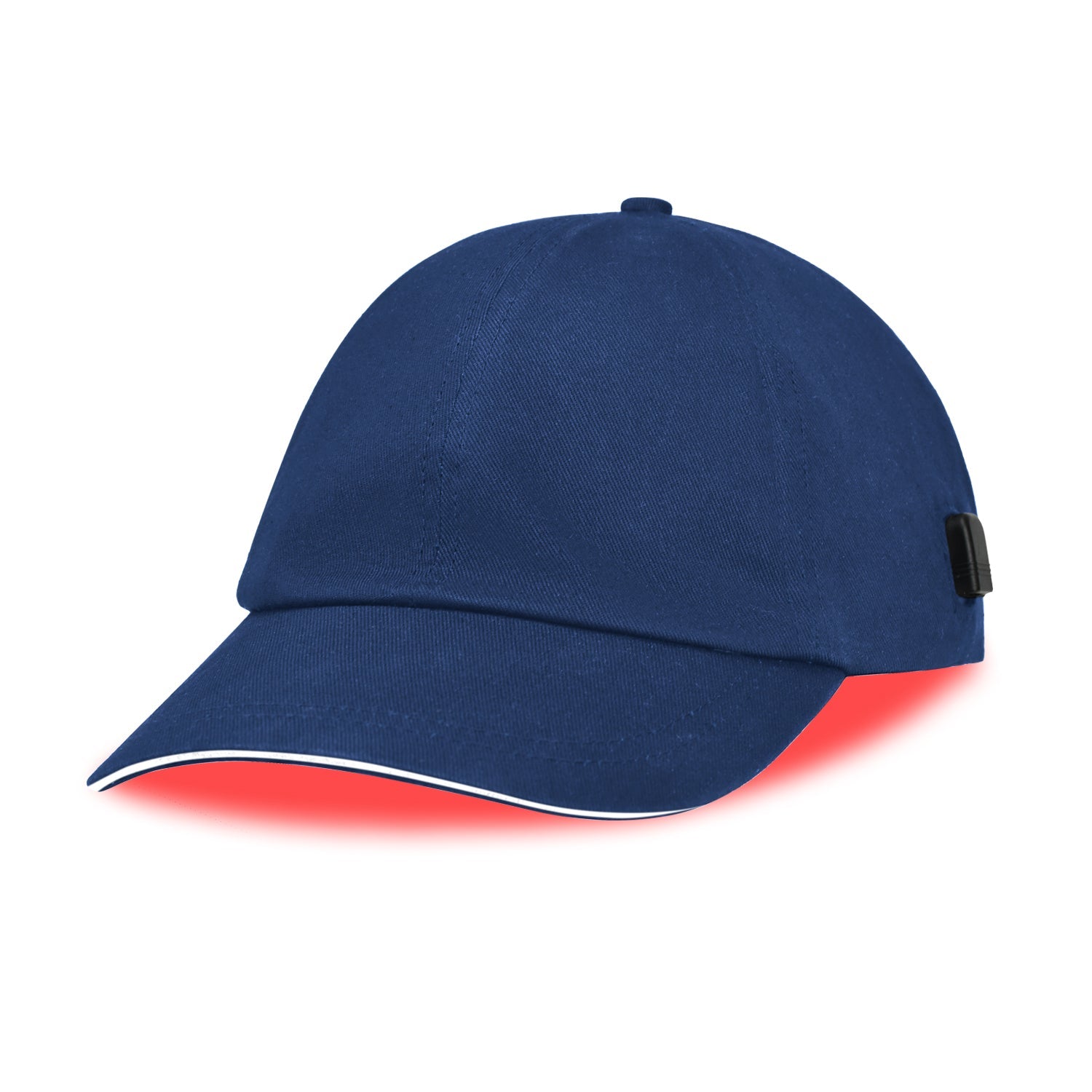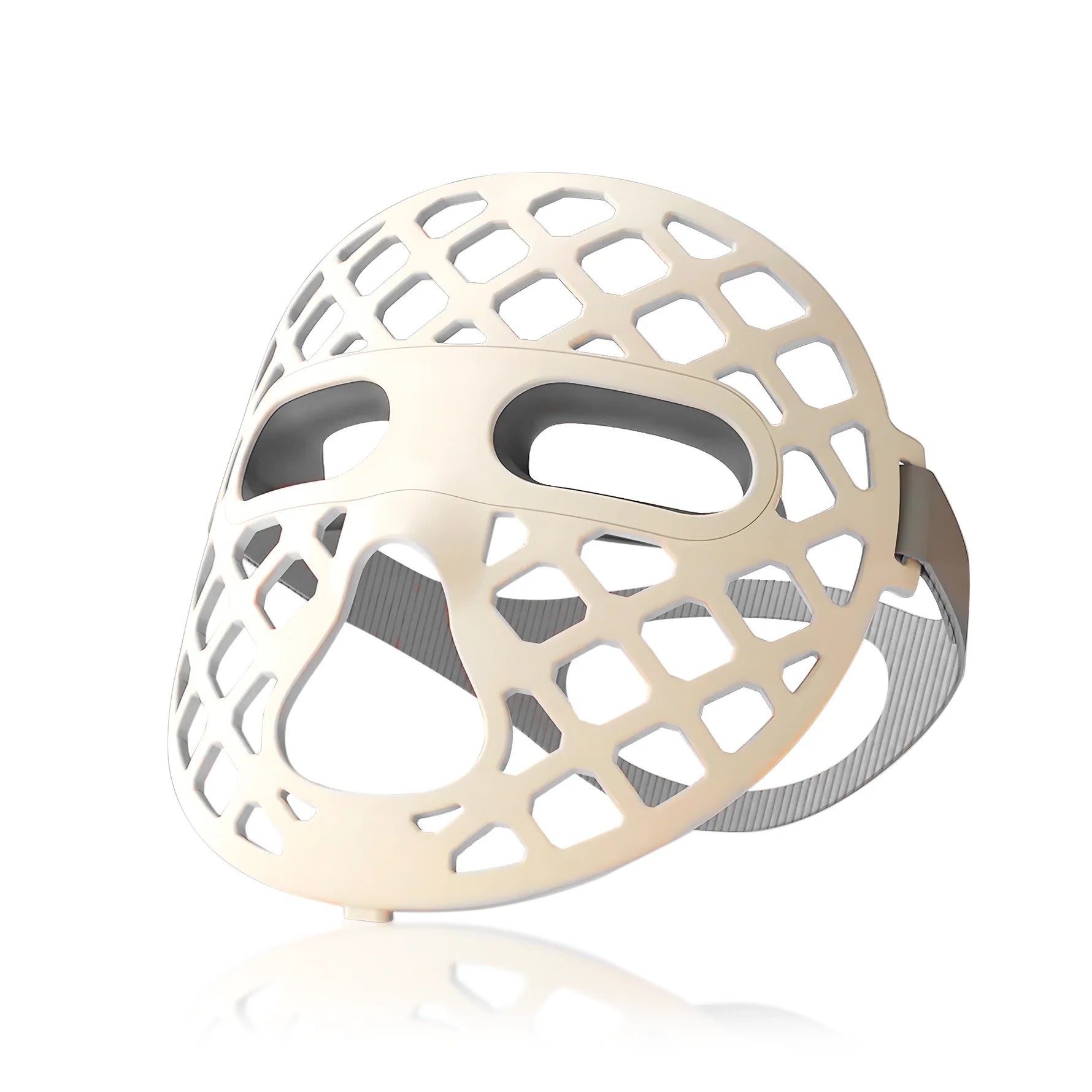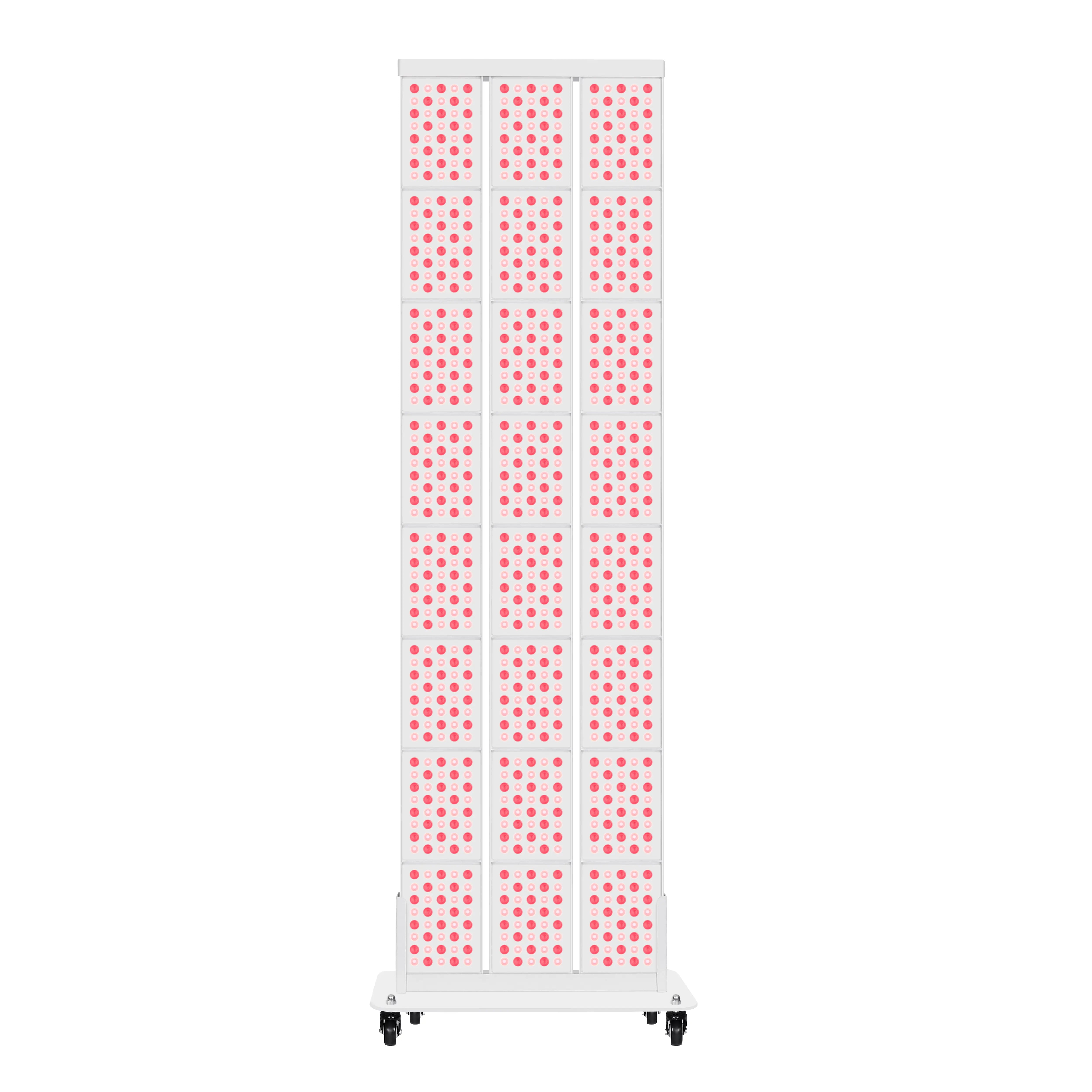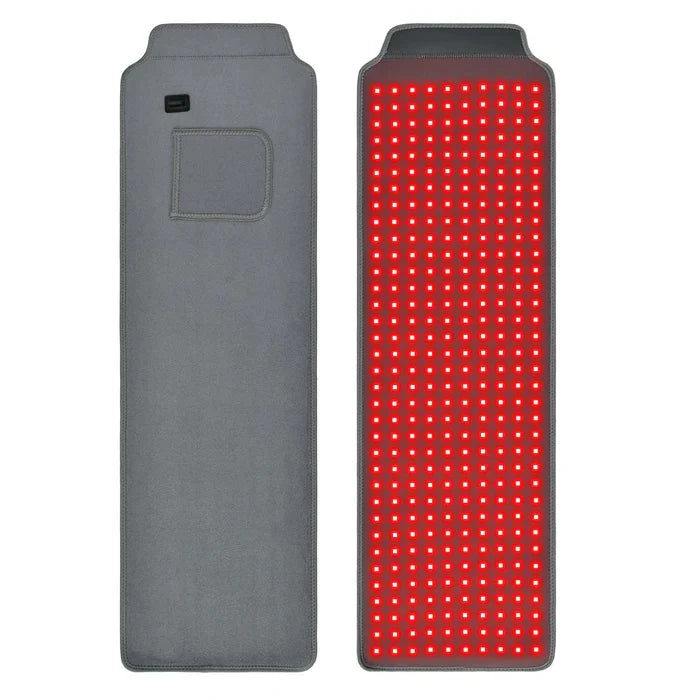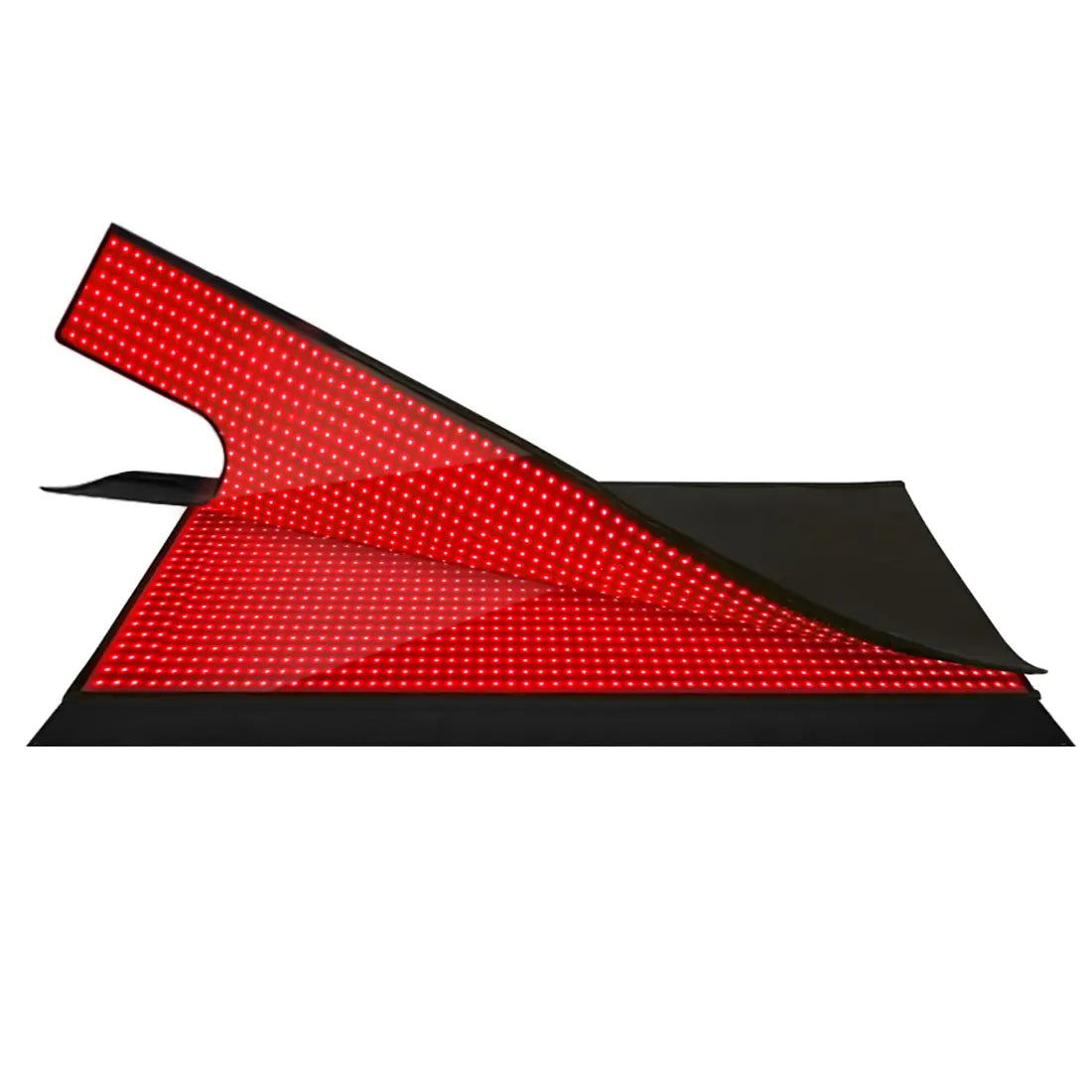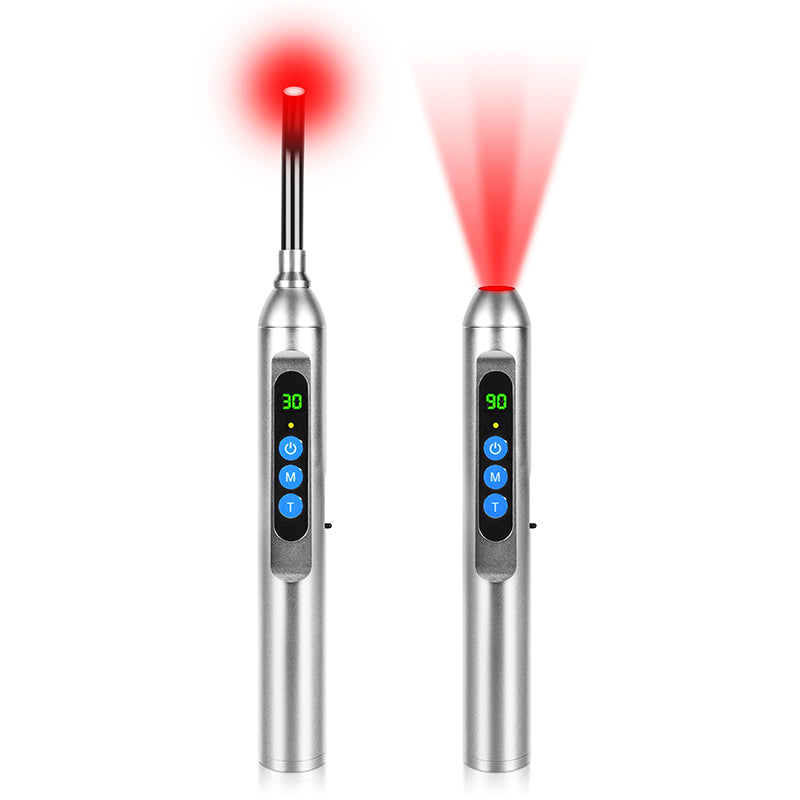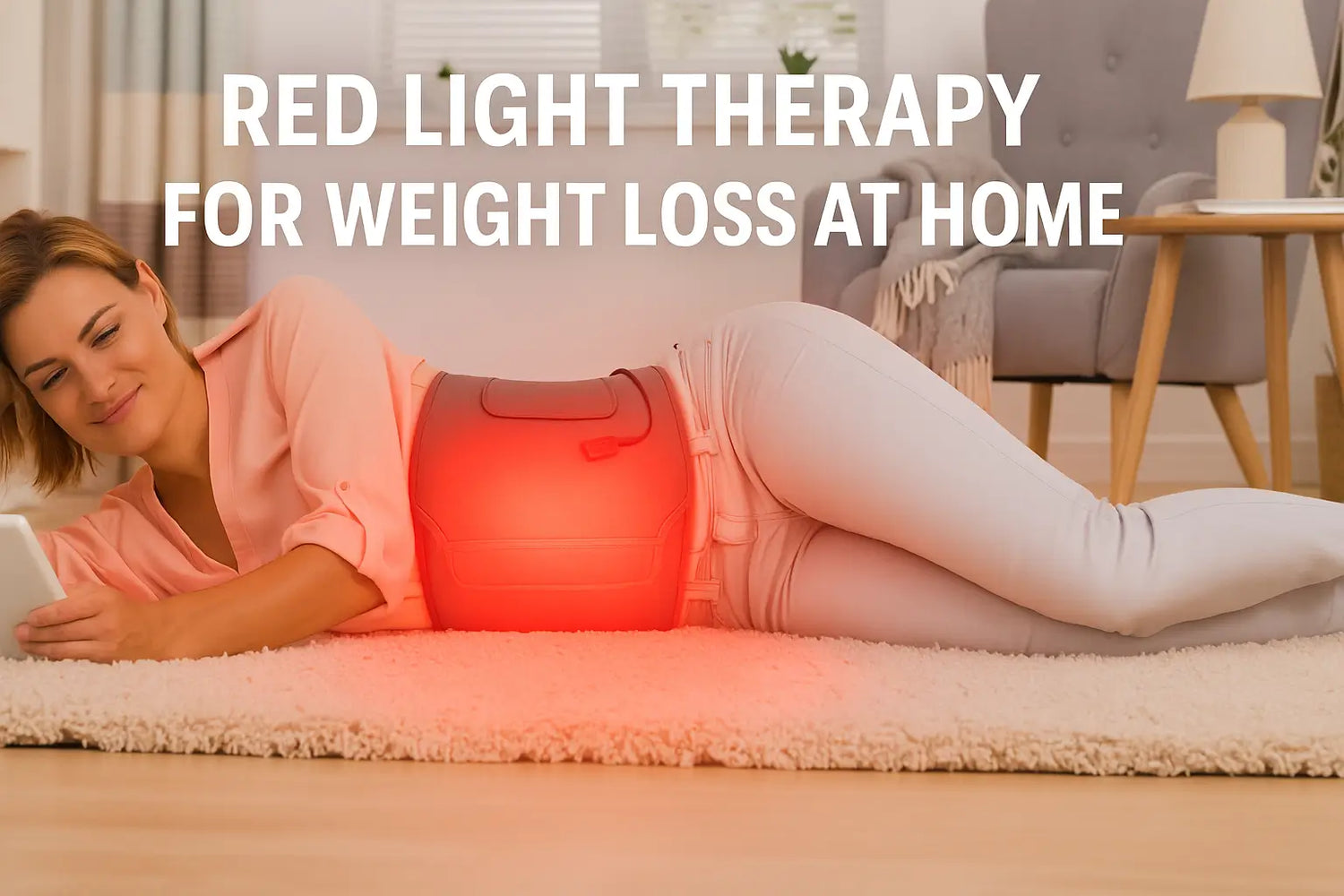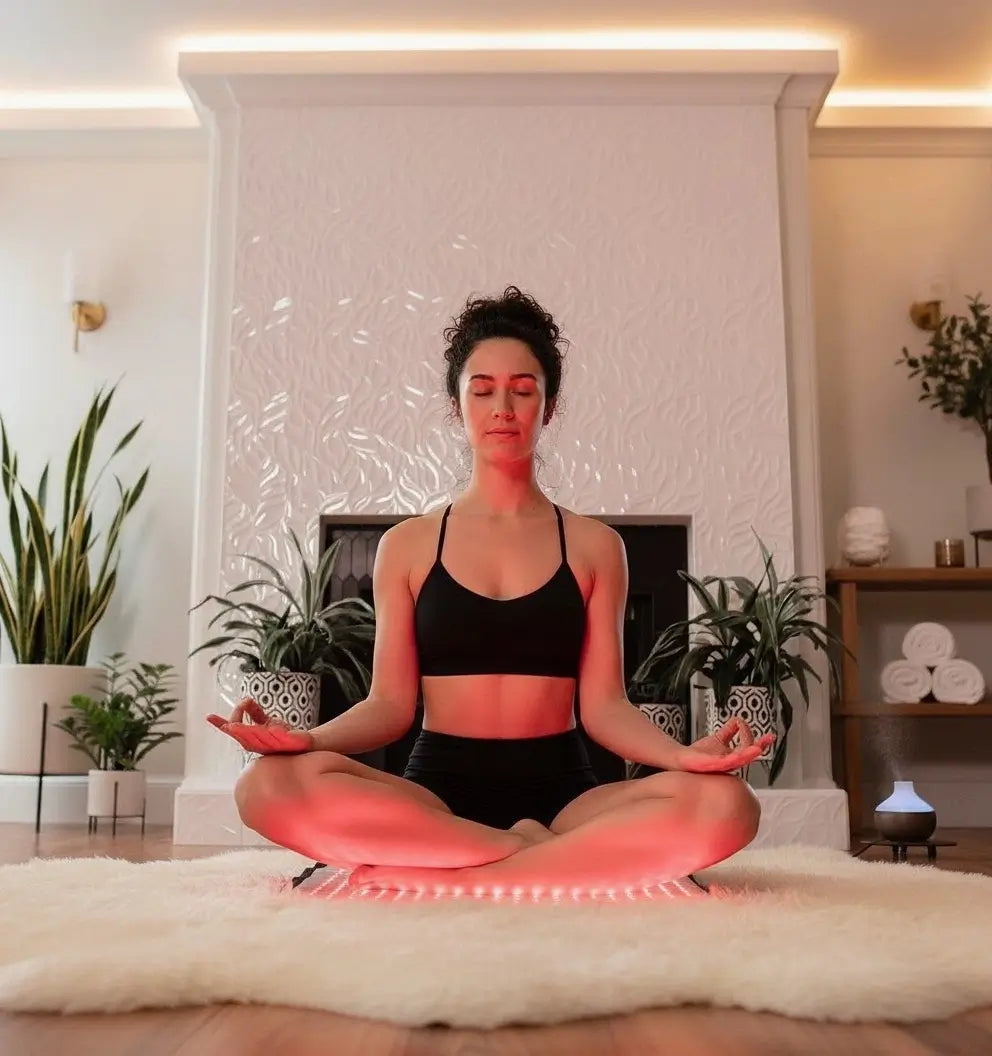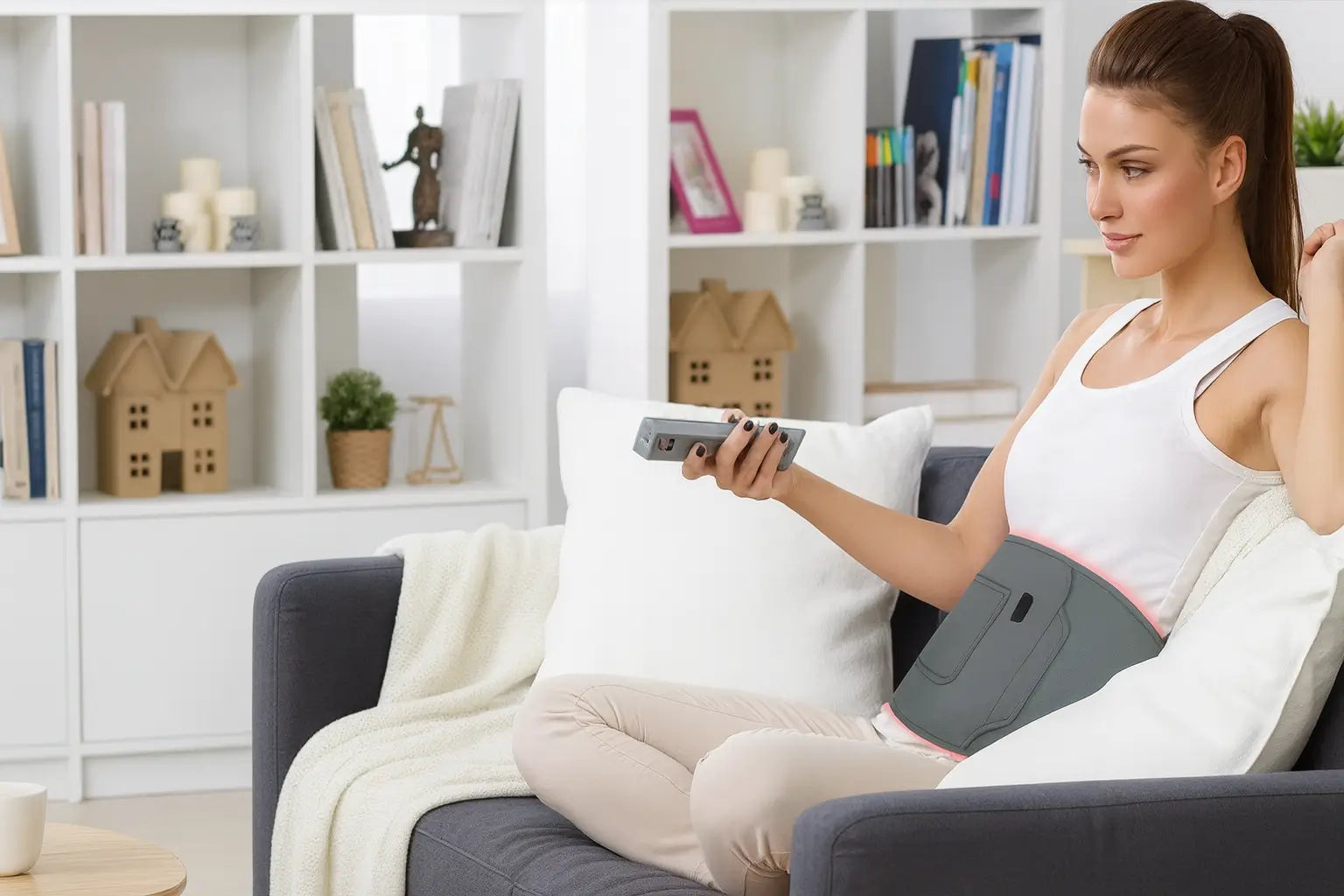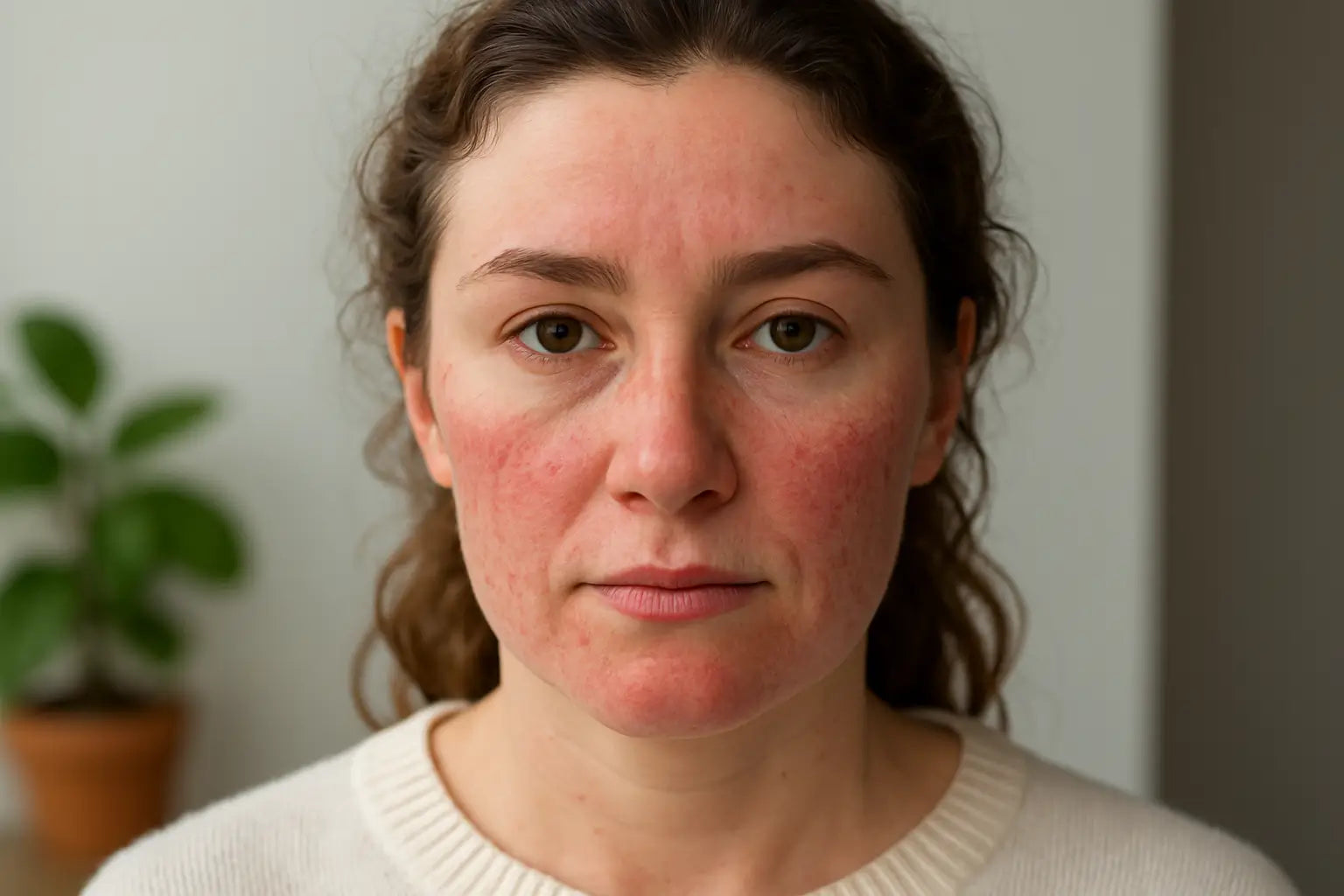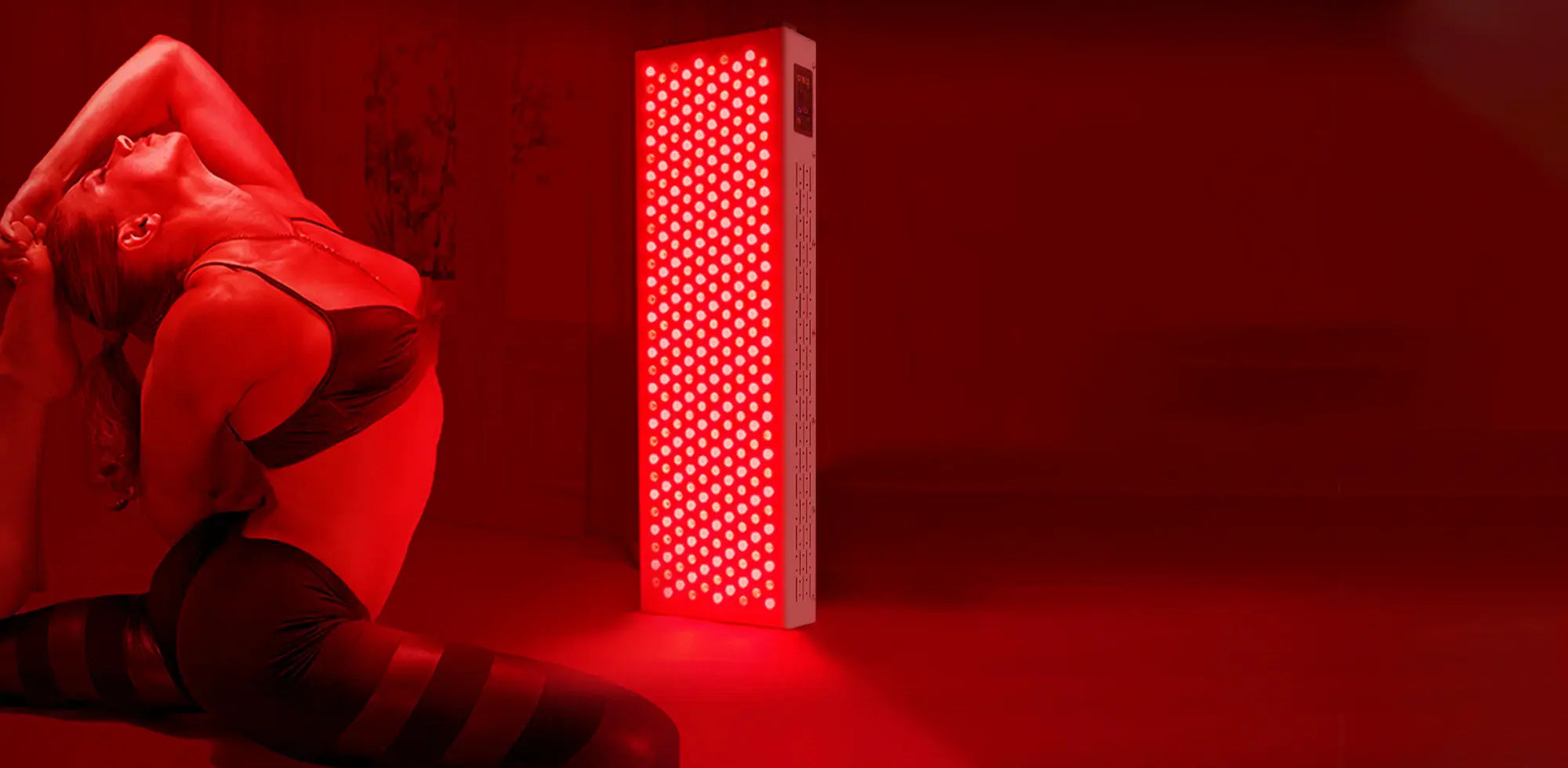Most people look for something they can actually do at home that fits real life. This guide gives you a clear plan for using light safely, pairing it with food and training, and measuring change in a way that feels honest. You will see where red light therapy to lose weight fits, what results usually show up first, and how to keep the routine simple with a panel or a belt.

What Is Red Light Therapy?
Red light therapy uses visible red and near-infrared wavelengths, most often around 660 nm and 850 nm. In consumer settings, the light comes from a panel for larger areas or a flexible belt for the waist and hips. The term photobiomodulation describes how tissues respond to a precise light dose with changes in cellular activity. Many people add red light therapy for fat loss alongside strength training and a calorie deficit because it is noninvasive and easy to schedule at home.

How Does Red Light Interact with Fat Cells?
Light in the 660 and 850 nm range is absorbed by targets inside the cell that are linked to energy production. The best known is cytochrome c oxidase in mitochondria. When this pathway is stimulated, cells may produce more ATP and release nitric oxide, which connects to micro-circulation and recovery.
Laboratory work also shows temporary changes in the membranes of fat cells that can allow lipids to move out of the cell. That finding depends on dose and setup, and it does not damage tissue. For visible trimming, you still need a plan that manages energy balance. Think of red light therapy to lose weight as a helper that supports mobilization and recovery, while food quality and training decide the net change.
What Broader Benefits Does Red Light Offer for Weight Management?
Plateaus have many causes, from sore joints to poor sleep to low training consistency. Red light can support these bottlenecks, so the rest of your routine sticks.
A regular schedule often improves comfort in the tissues you train, which keeps you moving on days when stiffness would have cancelled a workout. Better micro-circulation can help oxygen delivery and waste removal after lifting sessions. Many users also report calmer evenings when they place a short session in their wind-down routine, and steadier sleep helps appetite control the next day. All of this adds momentum to a program that includes at-home red light therapy for fat loss, basic strength work and sane nutrition.
How to Use Red Light Therapy for Fat Loss
Pick a simple plan for four to eight weeks. Keep the setup repeatable so you can see what actually works.
Starter plan
- Distance: begin at 6 to 12 inches from the skin.
- Session time: 8 to 12 minutes per area.
- Frequency: 4 to 6 sessions each week.
- Placement: abdomen, flanks, thighs or upper arms. A red light therapy belt holds position on the waist for hands-free use. A red light therapy panel covers larger zones like thighs and arms.

Training and nutrition pairing
- Strength train two to four days weekly with compound lifts, then place light sessions post-workout or in the evening.
- Create a modest calorie deficit, emphasize protein and fiber, and drink enough water to support training.
Tracking protocol
- Measure your waist and one thigh with a soft tape at the same time of day each week.
- Keep a short log that notes sessions, workouts and sleep.
- Take progress photos in the same lighting every two weeks.
Panel vs belt
| Use case | Panel | Belt |
| Area size | Large coverage for thighs and arms | Focused coverage for abdomen and waist |
| Convenience | Requires standing or sitting near the device | Hands-free, easy during chores or reading |
| Best fit | Planned 10 to 20 minute blocks | Short daily sessions that build consistency |

Readers comparing tools often ask if a belt can match a panel. Match the device to the job. A panel makes sense for bigger areas. A belt makes it easier to hit the waist often, which supports adherence.
Red Light Therapy Safety Guide for Fat Loss and Who Should Avoid
Most healthy adults tolerate red light well. Good results start with clear boundaries and a slow ramp in the first week.
- Protect the eyes, avoid staring at LEDs and use eyewear for close sessions.
- Review medications and conditions that increase light sensitivity with your clinician, including some antibiotics, acne treatments and herbal products.
- Treat sensitive situations with care, including the front of the neck with thyroid issues, pregnancy for the abdomen and any cancer history that requires medical guidance.
- Stop and seek care if you notice persistent redness, worsening rashes, unusual eye symptoms or headaches after sessions.
Red Light Therapy Results and Expectations for Fat Loss
Most people notice inches before pounds. The waist and thigh often change first because water shifts, glycogen and new training habits can mask scale movement. Expect small but meaningful steps that build over several weeks.
Timeline to watch
- Weeks 1 to 2: easier recovery, steadier workouts and warmer skin after sessions.
- Weeks 2 to 4: modest changes in waist or thigh measurements when training, food and light stay consistent.
- Weeks 4 to 8: clearer body contouring in photos and clothing fit. The scale may move slowly while the shape improves.

Adjust the dose
If the skin tolerates the plan after two weeks, add two minutes per area up to your device’s recommended upper limit or add one extra weekly session. If progress stalls, review distance, placement, protein intake, sleep and training quality before increasing time. Red light therapy to lose weight works best when the rest of the routine is already in place.
Start Your At Home Red Light Routine Today
Choose one device style and commit to a short plan rather than chasing perfect numbers. Select a red light therapy panel for broader coverage days or a red light therapy belt for frequent abdominal sessions during normal routines at home. Set calendar reminders, prepare tape-measure checkpoints and link each session to a habit you already follow, such as post-workout stretching or evening reading. With consistent practice, red light therapy for fat loss can support body contouring in a way that feels manageable and sustainable.
FAQs
Q1. Can red light therapy alone deliver meaningful weight loss, or is it mainly a supportive tool within a diet and training plan?
Red light therapy supports the work that actually drives fat loss. It helps recovery, circulation, and routine consistency. Alone, it produces modest changes. A calorie deficit, adequate protein, strength training, sleep, and stress control determine the scale. Expect tape measure changes before pounds over four to eight weeks. Log sessions and food.
Q2. What side effects or risks should I watch for when using red light therapy at home, and who needs extra caution?
Most adults tolerate sessions well. Temporary warmth or mild redness can appear. Protect the eyes, especially at close range. Review photosensitizing antibiotics, acne therapies, and herbal products with your clinician. Use extra care for the front of the neck with thyroid issues, the abdomen during pregnancy, and any cancer history. Stop if irritation persists.
Q3. When should I expect visible changes with a consistent red light routine, and which results usually appear first?
Early wins often show in two to four weeks as small changes at the waist or thigh and easier recovery. Clearer contouring appears by weeks four to eight with steady sessions, training, and nutrition. The scale can lag. Measure the same sites weekly, compare photos, and adjust distance and time if progress stalls.
